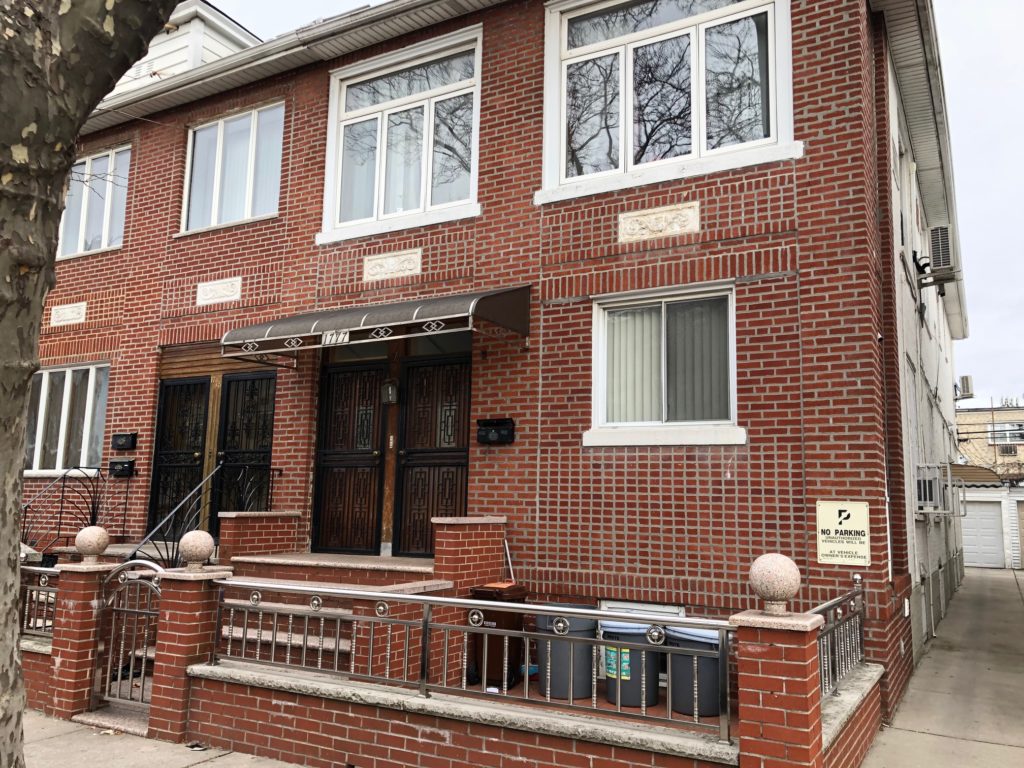Some Brooklyn homeowners may see relief under new property tax plan

The property taxes homeowners pay are probably going to change, now that a mayoral-appointed commission has released its long awaited preliminary report with 10 recommendations on how to reform the city’s confusing and maddening tax system.
If adopted, the recommendations issued by the New York City Advisory Commission on Property Tax Reform will change the property tax rates for 90 percent of residential property owners in the city, according to some estimates.
Some will pay less. Others will pay more.

Brooklyn Boro
View MoreNew York City’s most populous borough, Brooklyn, is home to nearly 2.6 million residents. If Brooklyn were an independent city it would be the fourth largest city in the United States. While Brooklyn has become the epitome of ‘cool and hip’ in recent years, for those that were born here, raised families here and improved communities over the years, Brooklyn has never been ‘uncool’.